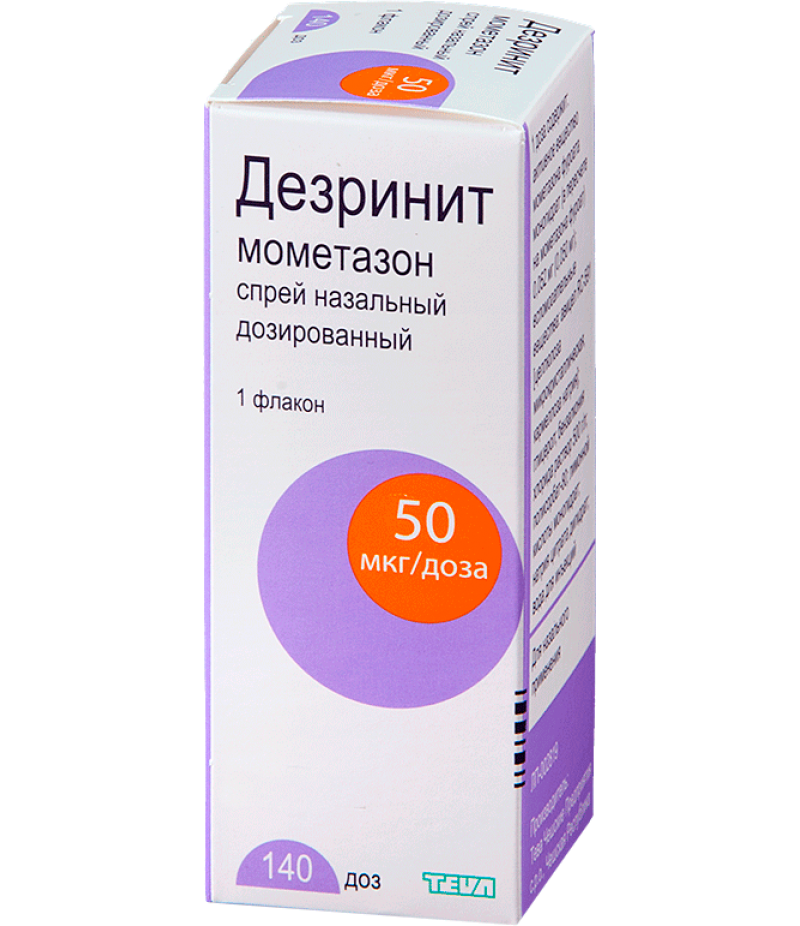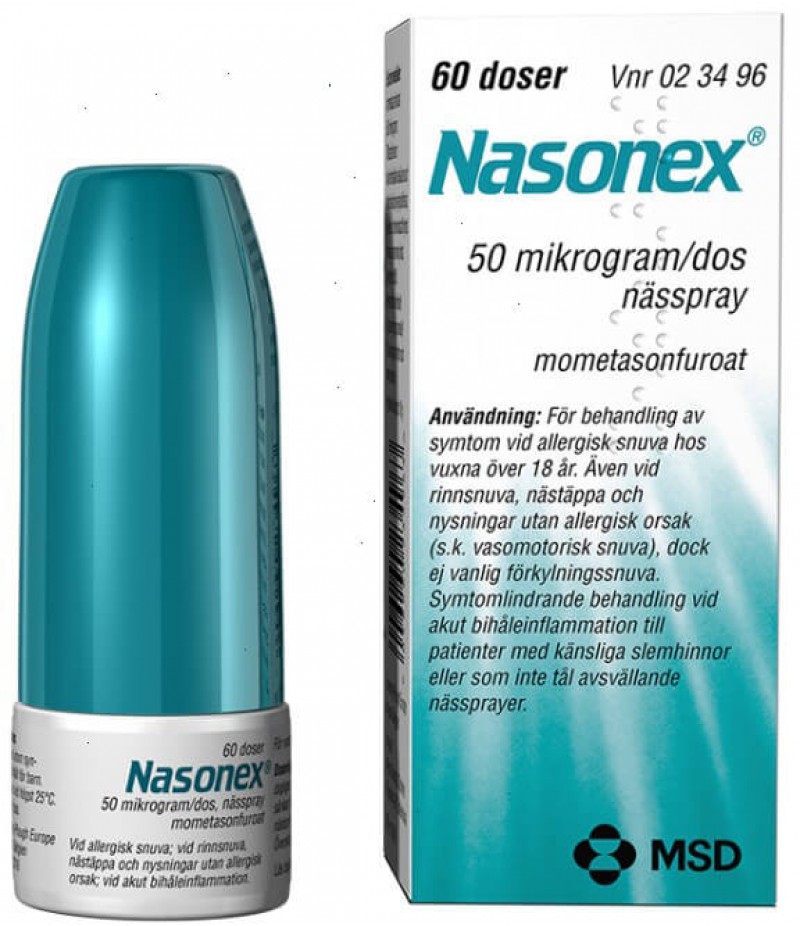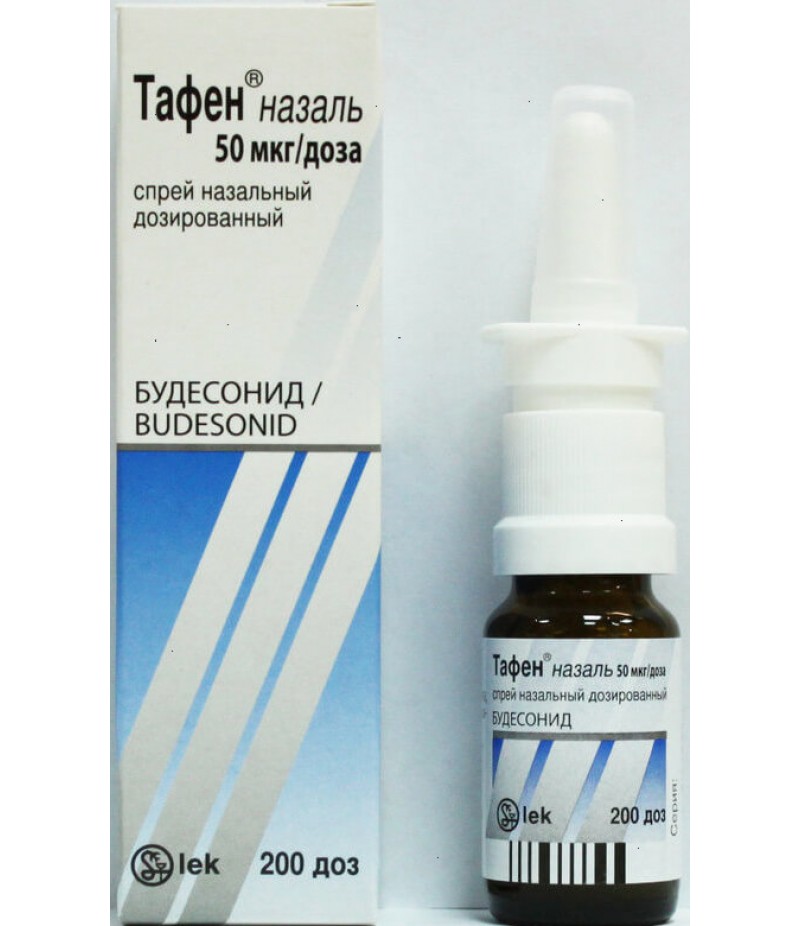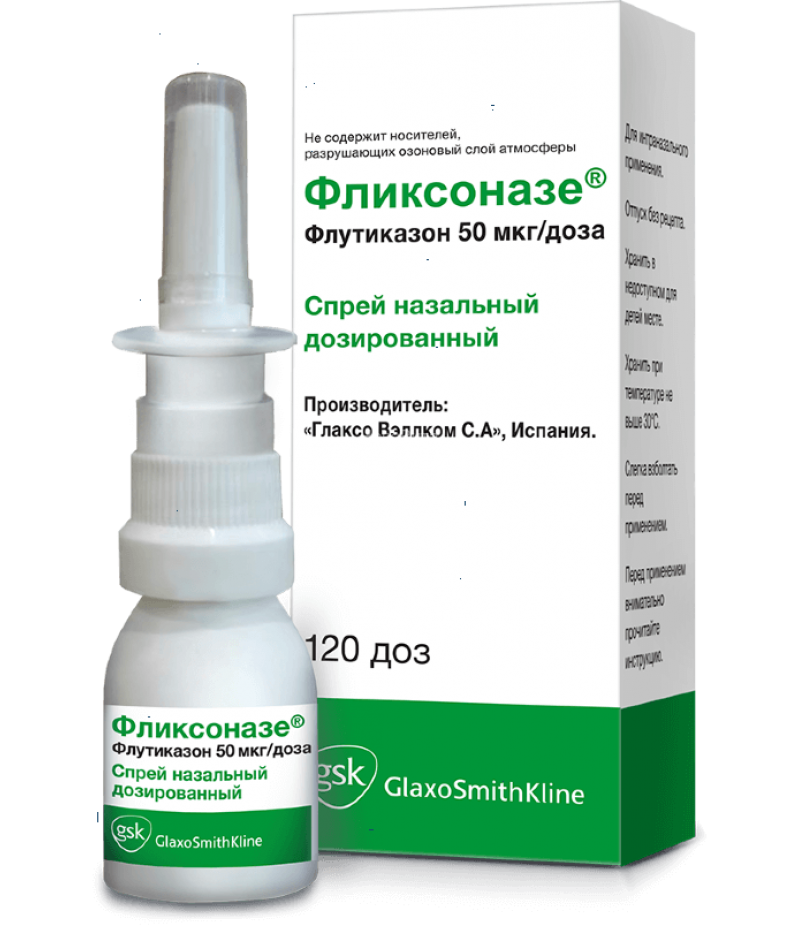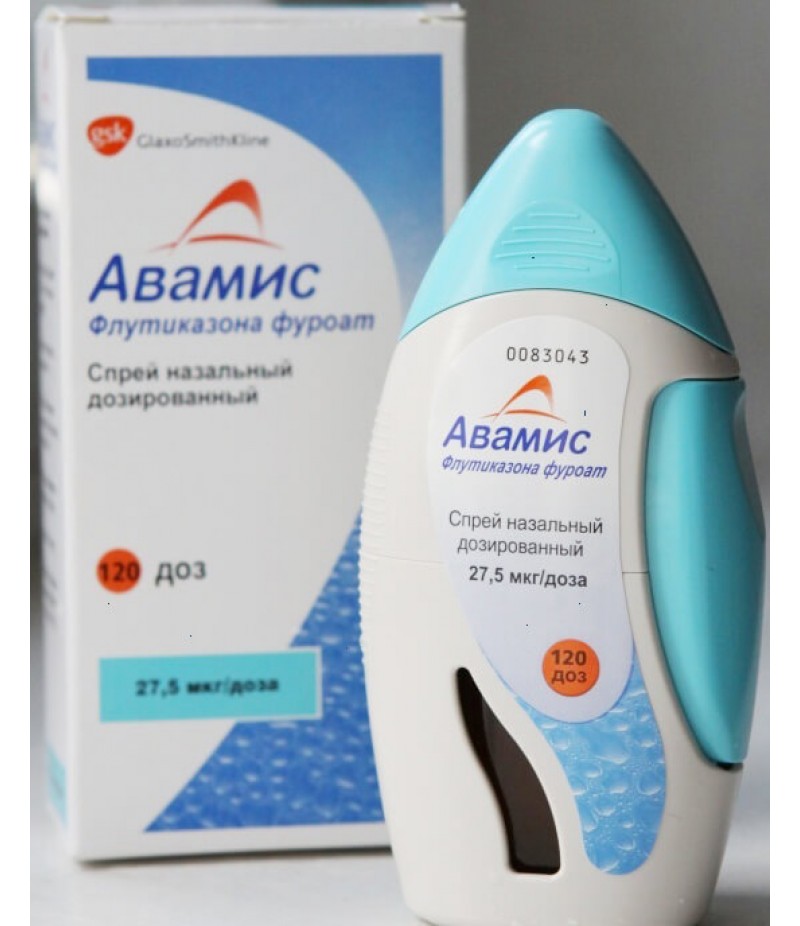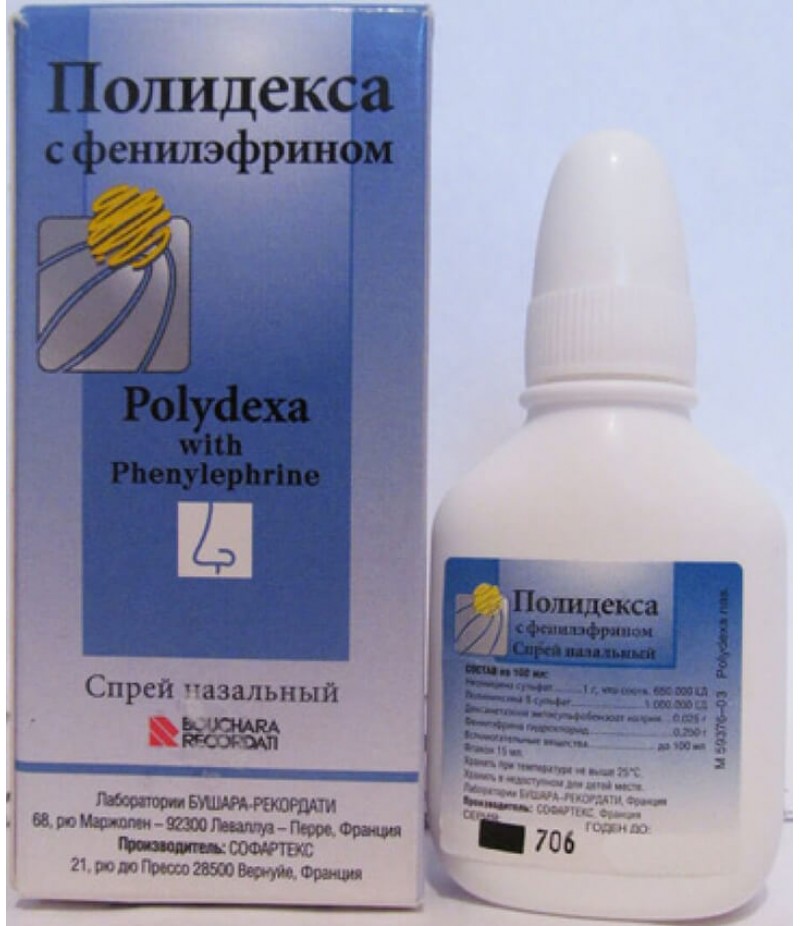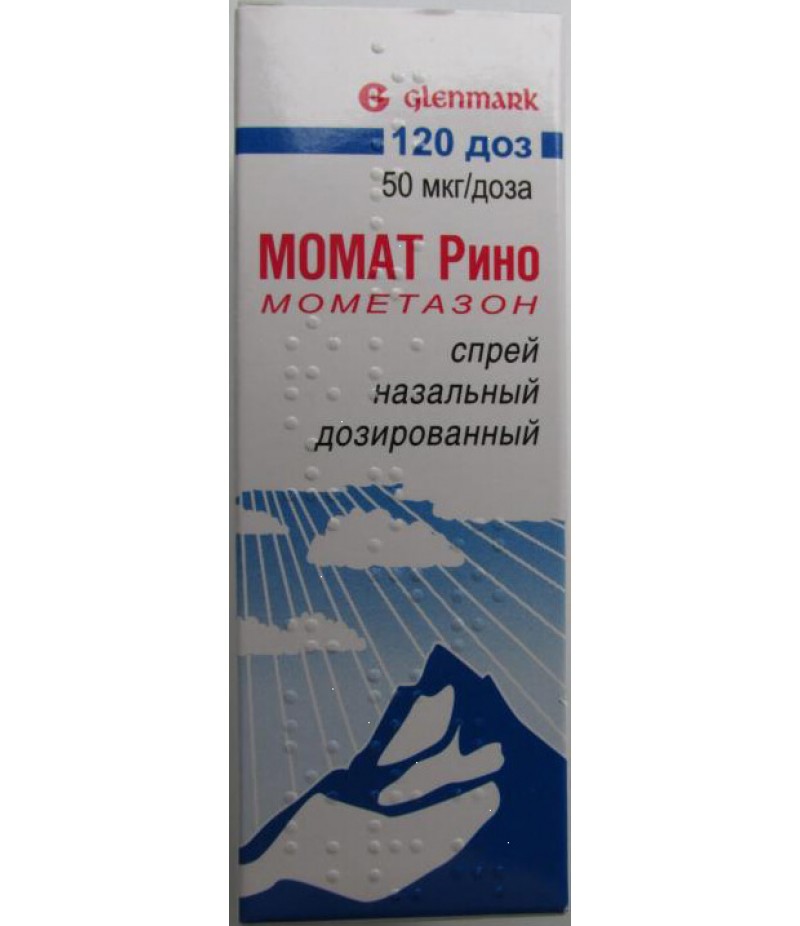Dezrinit spray 50mcg/dose 140doses 18gr
- $20.68
- 3 or more $20.33
- Availability:In Stock
Notice: Undefined variable: short_description in /home/innuenze/domains/farmacy-houses.com/public_html/catalog/view/theme/tt_angara3/template/product/product.tpl on line 105
Tags: spray
Dezrinit instruction for use
You can buy Dezrinit spray on this pagte
Composition
1 dose of Dezrinit contains:
active substance: mometasone furoate monohydrate (in terms of mometasone furoate) 0.052 mg (0.050 mg);
excipients: avicel RC-591 [microcrystalline cellulose, carmellose sodium] 2.00 mg; glycerol 2.10 mg; benzalkonium chloride solution 500 g / l 0.04 mg; polysorbate-80 0.01 mg; citric acid monohydrate 0.20 mg; sodium citrate dihydrate 0.28 mg; water for injection is sufficient to 100.00 mg.
Description
Milky white suspension without agglomerates, placed in a white polyethylene bottle, equipped with a dosing device and a transparent polypropylene cap.
Pharmacotherapeutic group
Glucocorticosteroid for topical application
АТХ:
R.01.A.D.09
Pharmacodynamics
Mometasone is a synthetic glucocorticosteroid (GCS) for topical application. Has anti-inflammatory and anti-allergic effect. The local anti-inflammatory effect of the drug is manifested when it is used in doses, in which no systemic effects occur.
It inhibits the release of inflammatory mediators. Increases the production of lipomodulin, which is an inhibitor of phospholipase A, which causes a decrease in the release of arachidonic acid and, accordingly, inhibition of the synthesis of metabolic products of arachidonic acid-cyclic endoperoxides, prostaglandins. It prevents the accumulation of neutrophils, which reduces inflammatory exudate and production of lymphokines, inhibits the migration of macrophages, leads to a decrease in the processes of infiltration and granulation. Reduces inflammation due to decreased formation of chemotaxis substance (influence on late allergy reactions), inhibits the development of an immediate allergic reaction (by inhibiting the formation of metabolites of arachidonic acid and reducing the release of inflammatory mediators from mast cells).
In studies with provocative tests with application of antigens to the nasal mucosa, high anti-inflammatory activity of the drug was demonstrated both at early and late stages of an allergic reaction.
When compared with placebo, a decrease in the level of histamine and eosinophil activity, as well as a decrease (compared with the initial) of the number of eosinophils, neutrophils and proteins of epithelial cells.
Pharmacokinetics of Dezrinit
In intranasal application, the systemic bioavailability of mometasone fuorate is <1% (with a sensitivity of 0.25 pg / ml). A small amount of active substance that can enter the gastrointestinal tract (GIT) with intranasal application, is absorbed to an insignificant degree and is actively biotransformed when "first passed" through the liver.
Indications for use
- Seasonal and year-round allergic rhinitis in adults, adolescents and children from 2 years of age;
- Acute sinusitis or exacerbation of chronic sinusitis in adults (including the elderly) and adolescents with 12 years of age - as an auxiliary therapeutic agent in the treatment of antibiotics;
- Acute rhinosinusitis with mild and moderate symptoms without signs of severe bacterial infection in patients aged 12 years or more,
- prophylactic treatment of seasonal allergic rhinitis of moderate and severe course in adults and adolescents from the age of 12 (recommended two to four weeks before the expected beginning of the dusting season);
- Polyposis of the nose, accompanied by violation of nasal breathing and smell, in adults (from 18 years).
Contraindications
- Hypersensitivity to mometasone or any of the components of the drug;
- Children's age (with seasonal and allergic rhinitis all year round - up to 2 years, with acute sinusitis or exacerbations of chronic sinusitis - up to 12 years, with polyposis of the nose - up to 18 years);
- recent surgical intervention or trauma to the nose - until the wound is healed (due to the inhibitory effect of GCS on healing processes).
Carefully
The drug Dezrinit should be used with caution in case of tuberculosis infection (active or latent) respiratory tract, untreated fungal, bacterial, systemic viral infection or infection caused by Herpes simplex with eye damage (as an exception, prescribing with the listed infections as directed by a doctor) untreated local infection involving the mucous membrane of the nasal cavity.
Pregnancy and lactation
Special studies on the safety of mometasone during pregnancy and during breastfeeding were not conducted.
As with other nasal SCS, the drug Dezrinit should be given during pregnancy and during breastfeeding only if the expected benefit from its use exceeds the potential risk to the fetus and newborn.
Newborns whose mothers used SCS during pregnancy should be carefully examined to identify possible hypofunction of the adrenal glands.
Dosing and Administration
Intranasally. Inhalation of the suspension contained in the vial is carried out by means of a special dispensing nozzle on the vial.
Before the first application of the Dezrinit nasal spray, it is necessary to carry out its "calibration".
Do not pierce the nasal applicator.
To perform the "calibration", it is necessary to press the metering nozzle 10 times, until splashes appear, indicating that the preparation is ready for use.
Tilt your head and inject the drug into each nostril as recommended by your doctor.
If the medicinal product has not been used for 14 days or longer, you must press the dispensing nozzle 2 times until splashes appear.
Tilt your head and inject the drug into each nostril as recommended by your doctor.
Cleaning the dispensing nozzle
It is important to clean the dispensing nozzle regularly to avoid improper operation. Remove the cap that protects the nozzle from dust, then gently remove the spray tip. Thoroughly rinse the spray tip and dust cap in warm water and rinse under the tap.
Do not attempt to open the nasal applicator with a needle or other sharp object, as this will damage the applicator, as a result of which you may not take the correct dose of the drug.
Dry the cap and knee in a warm place. Then attach the spray tip to the vial and screw the dustproof cap back onto the bottle again. When using the nasal spray for the first time after cleaning, it is necessary to re-calibrate by pressing the metering nozzle 2 times.
Before each use, vigorously shake the bottle.
Treatment of seasonal and year-round allergic rhinitis
Adults (including the elderly) and adolescents from age 12
The recommended preventive and therapeutic dose of the drug is 2 inhalations (50 μg each) in each nostril 1 time per day (total daily dose - 200 μg). When the therapeutic effect for maintenance therapy is achieved, a dose of 1 inhalation can be reduced to each nostril once a day (total daily dose is 100 μg).
If the symptoms can not be reduced by applying the drug at the recommended therapeutic dose, the daily dose can be increased to 4 inhalations in each nostril once a day (total daily dose of 400 μg).
After reducing the symptoms of the disease, a dose reduction is recommended.
The onset of the drug is usually observed clinically within 12 hours after the first use of the drug.
Children 2-11 years old
The recommended therapeutic dose is 1 inhalation (50 μg) in each nostril 1 time per day (total daily dose is 100 μg).
The use of the drug in young children requires the help of adults.
Auxiliary treatment of acute sinusitis or exacerbation of chronic sinusitis
Adults (including the elderly) and adolescents from age 12
The recommended therapeutic dose is 2 inhalations (50 μg each) in each nostril 2 times a day (the total daily dose is 400 μg).
If the symptoms can not be reduced by applying the drug at the recommended therapeutic dose, the daily dose of the drug can be increased to 4 inhalations in each nostril 2 times a day (total daily dose of 800 μg). After reducing the symptoms of the disease, a dose reduction is recommended.
Treatment of acute rhinosinusitis without signs of severe bacterial infection
The recommended dose for adults and adolescents is 2 inhalations of 50 μg per each nasal passage 2 times a day (total daily dose of 400 μg). If symptoms worsen during treatment, specialist consultation is necessary.
Treatment of polyposis of the nose
Adults (including the elderly) of 18 years
The recommended therapeutic dose for 2 injections (50 μg each) into each nostril 2 times a day (total daily dose - 400 μg).
After reducing the symptoms of the disease, it is recommended to reduce the dose to 2 inhalations (50 μg each) in each nostril 1 time per day (total daily dose - 200 μg).
Side effect
The frequency of side effects is presented in accordance with the following classification: very often - not less than 10%; often - not less than 1%, but less than 10%; infrequently - not less than 0,1%, but less than 1%; rarely - not less than 0.01%, but less than 0.1%; very rarely - less than 0.01% (including isolated cases).
On the part of the immune system: rarely - hypersensitivity reactions, including bronchospasm, dyspnea; very rarely - anaphylaxis, angioedema.
From the side of the central nervous system: often - headache (in adults and children). Children experienced growth retardation, psychomotor hyperactivity, sleep disturbance, anxiety, depression, aggressive behavior.
On the part of the respiratory system, chest and mediastinum: often in adults - nosebleeds, burning in the nasal cavity, ulceration of the mucous membrane of the nasal cavity, sensation of irritation of the mucous membrane of the nasal cavity, pharyngitis, infections of the upper respiratory tract; very rarely - perforation of the nasal septum. Nasal bleeding, as a rule, stopped on their own and was not severe; they appeared with a frequency slightly higher than when using placebo (5%), but equal to or less than with the use of other investigated GCS for intranasal use, which were used as active controls (in some of whom the incidence of nasal bleeding was up to 15%) . The incidence of other side effects was comparable to that of placebo; often in children - nasal bleeding, a sensation of irritation of the mucous membrane of the nasal cavity, sneezing. The incidence of all these adverse events in children was comparable to the placebo frequency.
From the gastrointestinal tract: rarely - a sensation of irritation of the mucous membrane of the pharynx; very rarely - a taste disorder.
Other: rarely - impaired sense of smell, taste, glaucoma, increased intraocular pressure, cataract.
With prolonged use of nasal SCS in high doses, it is possible to develop systemic side effects, such as: Cushing's syndrome, characteristic signs of cushingoid, suppression of adrenal function, including the development of glaucoma, cataracts, growth retardation in children and adolescents.
Children
Violation of the respiratory system, chest and mediastinum: nasal bleeding (6%), irritation of the nasal mucosa (2%), sneezing (2%).
Disturbances from the nervous system: headache (3%).
The incidence of these adverse events in children was comparable to the incidence of their occurrence with placebo.
Overdose
With prolonged use of GCS in high doses, as well as with the simultaneous use of several GCS, oppression of the hypothalamic-pituitary-adrenal system is possible. Due to the low systemic bioavailability of the drug (<1%, with the sensitivity of the 0.25 pg / ml assay method), it is unlikely that any accidental or intentional overdose will require any action other than follow-up with a possible subsequent resumption of the drug at the recommended dose.
Interaction
Simultaneous use of mometasone with loratadine did not lead to a change in the concentration of loratadine or its main metabolite in the blood plasma, while the presence of mometasone was not detected in the plasma even at the minimum concentration. In these studies, mometasone fuorat in blood plasma was not detected (with the sensitivity of the method of determining 50 pg / ml).
Special instructions
As with any treatment, patients who use the drug Dezrinit for several months and longer should periodically check with the doctor for possible changes in the nasal mucosa.
It is necessary to monitor patients receiving intranasal GCS for a long time. Possible development of growth retardation in children. In case of detection of growth retardation in children, it is necessary to reduce the intranasal SCS dose to the lowest, which allows to effectively control the symptoms. In addition, you should refer the patient to a consultation with the pediatrician.
In case of development of a local fungal infection of the nose or throat, it may be necessary to stop the therapy with Dezrinit and carry out special treatment. The long-lasting irritation of the nasal and pharyngeal mucosa can also serve as a basis for discontinuing the treatment with Dezrinit. When conducting placebo-controlled clinical trials in children, when the drug Desirinitis was used at a daily dose of 100 mcg during the year, there was no growth retardation in children.
With prolonged treatment with Dezrinit, no signs of suppression of the hypothalamic-pituitary-adrenal system were observed.
Patients who switch to treatment with Dezrinit after long-term treatment with systemic glucocorticosteroids require special attention. Abolition of systemic glucocorticosteroids in such patients can lead to adrenal insufficiency, the subsequent restoration of which can take up to several months. If signs of adrenal insufficiency appear, you should resume taking systemic glucocorticosteroids and take other necessary measures.
With the use of intranasal GCS, it is possible to develop systemic side effects, especially with prolonged use in high doses. The probability of these effects is much lower than when using oral GCS.
Systemic side effects may vary both in individual patients and depending on the glucocorticosteroid drug used. Potential systemic effects include Cushing's syndrome, characteristic cushingoid symptoms, suppression of adrenal function, growth retardation in children and adolescents, cataracts, glaucoma, and less often a number of psychological or behavioral effects, including psychomotor hyperactivity, sleep disturbance, anxiety, depression or aggression (especially in children).
During the transition from systemic treatment with glucocorticosteroids to treatment with Dezrinit, some patients may experience initial symptoms of systemic glucocorticosteroid withdrawal (eg joint and / or muscle pain, fatigue and depression), despite a decrease in the symptoms associated with mucosal lesions nose. Such patients should be specially persuaded of the advisability of continuing treatment with the drug Dezrinit. The transition from systemic to local glucocorticosteroids can also reveal allergic diseases, such as allergic conjunctivitis and eczema already masked by glucocorticosteroid therapy of systemic action.
Patients treated with glucocorticosteroids have potentially decreased immune reactivity and should be warned of the increased risk of infection if they become infected with certain infectious diseases (for example, chicken pox, measles) and the need for medical advice if such contact occurs .
If signs of severe bacterial infection (eg fever, persistent and sharp pain on one side of the face or toothache, swelling in the orbital or periorbital area) appear, immediate medical attention is required.
With the use of the drug Dezrinit for 12 months there were no signs of atrophy of the nasal mucosa. Besides,
mometasone furoate has shown a tendency to promote the normalization of the histological pattern in the study of biopsies of the nasal mucosa.
The efficacy and safety of mometasone has not been studied in the treatment of unilateral polyps, polyps associated with cystic fibrosis and polyps that completely cover the nasal cavity.
In the case of unilateral polyps of unusual or irregular shape, especially ulcerated or bleeding, an additional medical examination is necessary.
Influence on the ability to drive a vehicle
Studies to study the effect on the ability to drive vehicles and mechanisms were not conducted.
Form of issue
Spray nasal dosed, 50 mcg / dose.
Packing
For 10 g (60 doses) or 18 g (140 doses) of the suspension in polyethylene bottles of white color, equipped with a dosing device and a polyethylene cap.
For 1 bottle (10 g) or 1, 2, 3 bottles (18 g), along with instructions for use in a cardboard pack.
Storage conditions
Store at a temperature of no higher than 25 ° C, do not freeze.
Keep out of the reach of children.
Shelf life - 2 years.
Shelf life of the opened bottle is 2 months.
Do not use after expiry date.
Terms of leave from pharmacies
You can buy Dezrinit without a prescription.

